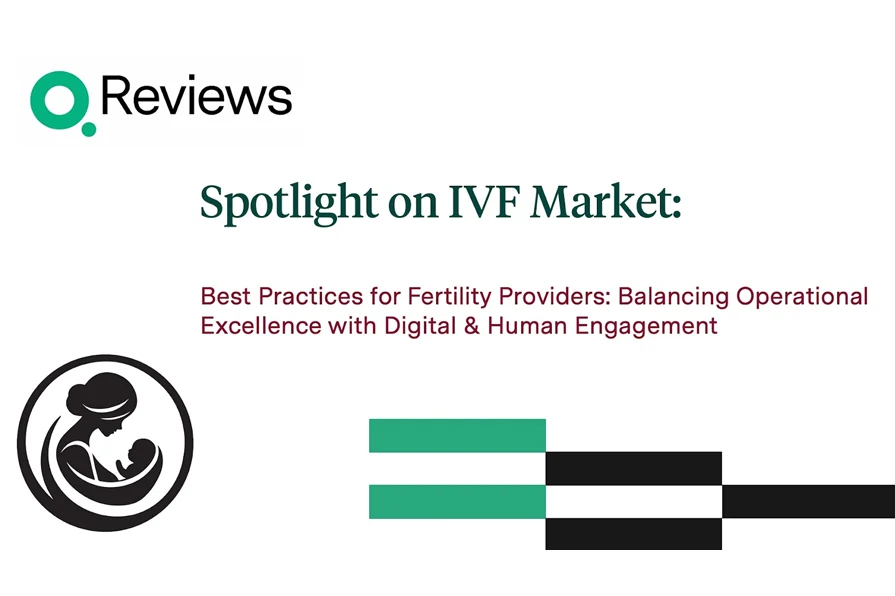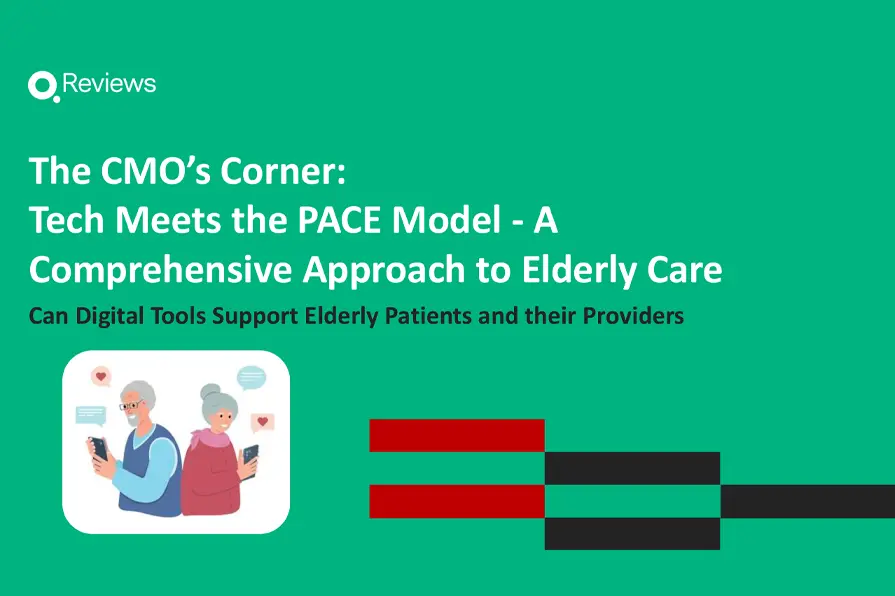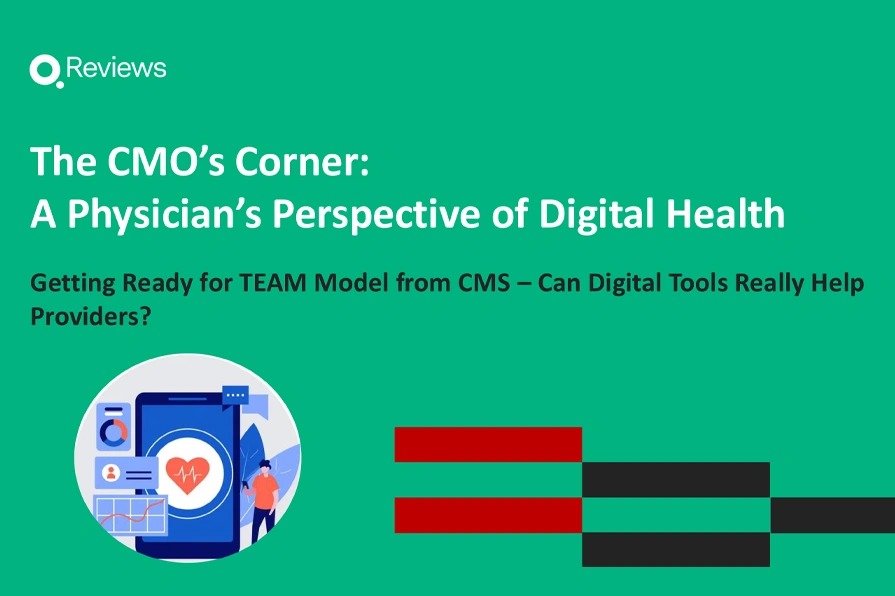
Using Real-time Patient Feedback to Achieve Magnet Designation

The American Nurses Credentialing Center’s (ANCC’s) Magnet Recognition Program is the crowning achievement of nursing excellence. Achieving Magnet designation isn’t just an honor — it can lead to higher patient satisfaction and healthcare quality improvement. While many organizations strive to reach Magnet status, few achieve it — but what can help them finally do so is real-time patient feedback.
What Is Magnet Designation, and Why Is It Important?
During a national nursing shortage in 1983, the American Academy of Nursing (AAN) researched how work environments affected nurse satisfaction. Afterward, they released findings showing that organizations with higher nurse recruitment and retention rates shared fourteen common traits they deemed “forces of magnetism.” The term “Magnet” emerged from their findings, and subsequently formed the cornerstone of their Magnet Recognition Program.
Health systems that achieve Magnet designation exhibit nursing excellence, high-quality care, and patient satisfaction. This allows leaders to use the nursing process to identify areas of strength or opportunities that result in healthcare quality improvement. In turn, they cultivate a culture of respect, accountability, and patient safety. For this reason, Magnet status is considered the “gold standard of nursing.”
Beyond external prestige, Magnet status also provides internal benefits, such as:
- Recruitment and retention of quality talent
- Reduced training costs due to low staff turnover
- Shared decision-making
- Staff engagement
- High-quality patient care based on best practices
- Improved patient satisfaction
- Positive patient outcomes (e.g. lower rates of infections, falls, and mortality)
Patient Experience: An Important Component to Achieving Magnet Designation
According to a survey from Vanderbilt University Medical Center, patients felt safer knowing that their facility properly follows infection control protocols. As a result, high-level designation of Magnet status goes beyond simply safe nursing care — it also includes an exceptional patient experience. The elite designation then leads to healthcare quality improvement, higher patient acquisition, and greater patient satisfaction.
Customer retention and continuity of care also improve when patients know, like, and trust their providers. That is why Magnet facilities are recognized for their safe and positive work environments.
One of the pillars of Magnet designation is patient experience. Additionally, nurse satisfaction rates and nurse-sensitive indicators are important as well.
All in all, there are nine Magnet-approved domains that make up the Patient Experience Pillar:
- Patient Engagement
- Patient Education
- Care Coordination (How well did the team work together to care for you?)
- Safety
- Service Recovery
- Courtesy and Respect (For example, a department might ask “Overall, were the nursing staff members on the mother-baby unit polite and friendly after your birth?”)
- Responsiveness
- Pain
- Careful Listening (How well did your nurses communicate with you regarding your care?)
Organizations seeking Magnet designation choose to show how four of the nine patient experience domains are most meaningful to them. Previously, qualitative answers were critical for Magnet status. However, 75% of the process is now based on data. The decision-making process includes empirical data such as the rate of patient falls, mortality rates, and patient survey data.
These determine if an organization earns Magnet status. The organization must outperform the national mean of empirical data for five out of eight consecutive quarters of the application period.
How to Use Real-time Patient Feedback and Service Recovery to Help with Magnet Designation
Here is an all-too-common scenario: Mr. Green went to his annual physical even though it always makes him nervous. The receptionist called him by his appointment time, and it felt impersonal. Then during his exam, the nurse and provider rarely made eye contact and seemed rushed. They informed him that he had high blood pressure and to come back in two months for a follow-up. He didn’t ask any questions because he didn’t want to take more of their time.
A few weeks later, Mr. Green received a patient satisfaction survey in the mail and shared his concerns. Two months passed without a response. Later when he went to his blood pressure follow-up appointment, his experience was the same. This time, he didn’t bother to schedule a future appointment.
Stories like Mr. Green’s do not bode well for Magnet designation.
Time is of the Essence
95% of patients said that careful listening and being treated with courtesy and respect are crucial for a positive experience with their healthcare providers. Sometimes, having a listening ear helps them resolve their concerns. Without a response to their feedback about their negative experience, patients may not feel heard.
With real-time feedback, nurse leaders can reach out quickly to patients who leave poor reviews or concerning comments. Rapid response to patient concerns allows for more impactful customer service recovery and an adjustment of quality concerns.
Schneck Medical Center provides an example of how they use real-time surveys for service recovery and Magnet designation. Their surveys are short and are sent out immediately after an outpatient visit, which led to more timely and relevant responses. Many of their patients stated that they received the survey before arriving home from the appointment, presenting an opportunity for immediate service recovery. Nurse leaders set up alerts regarding low survey scores so they can promptly reach out and provide an empathetic ear and address any issues.
Monitoring this data has helped Schneck identify areas for improvement and make necessary adjustments quickly. Narrowing the focus of the survey with fewer questions decreases data input fatigue and enables them to outperform the Magnet patient experience criteria and achieve nursing excellence.
Transparency surrounding real-time data for individual nurses helps with encouragement and accountability. Nurses and providers are more engaged because they have data about how patients in their community feel about the care received. It’s no coincidence then, that Schneck Medical Center recently achieved its fourth consecutive Magnet designation.
Achieve Magnet Designation With Real-Time Patient Feedback
Magnet status shines a light on nursing excellence and is an indicator of nursing excellence and superior, patient-centered care. Delivering a measurable healthcare quality improvement is necessary for achieving Magnet designation. Futhermore, nursing leadership must be committed and have adequate resources to achieve success.
By utilizing real-time patient feedback tools, nurse leaders and chief experience officers can listen to patients in the moment and institute service recovery immediately. Health systems like Schneck Medical Center are moving beyond outdated, retrospective paper surveys and leveraging technology to listen to their patients at the point of care.
Evaluating this type of immediate feedback helps organizations continually improve on national clinical metrics and provide exceptional patient experience, all but ensuring Magnet designation.
References
American Nurses Credentialing Center. (2020). NEW 2020 Magnet Mission and Vision Statement.
Barnes Jewish Hospital. (2021). The Benefits of Becoming a Magnet Designated Facility. Retrieved from: MAGNET RECOGNITION PROGRAM
Becker’s Hospital Review. (2020). 6 ways hospitals and clinics can help patients feel safe when seeking care.
Quality Reviews. (2021). An Insider’s View on Schneck Medical Center’s Journey to Becoming a Four-Time Magnet Designation Recipient.
Author:
Brandi Jones MSN-Ed, RN-BC is a board-certified registered nurse specializing in staff development. She writes educational content, blogs & articles and lives with her husband and springer spaniel in Arkansas. Jones loves camping and tapping into her creativity in her downtime. You can find her at brandijones.org








